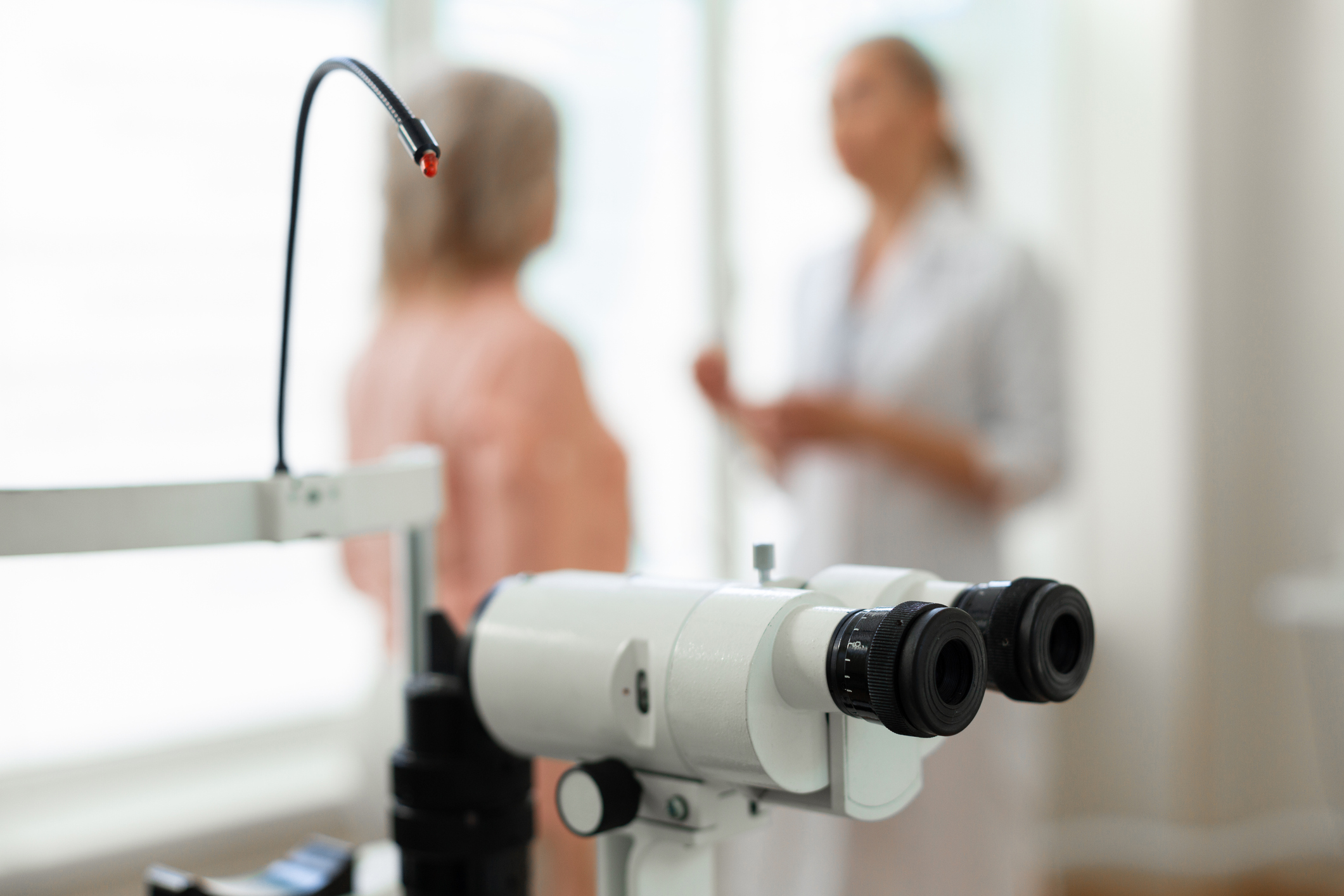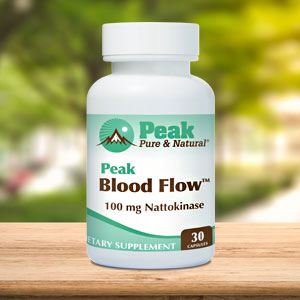Get Easy Health Digest™ in your inbox and don’t miss a thing when you subscribe today. Plus, get the free bonus report, Mother Nature’s Tips, Tricks and Remedies for Cholesterol, Blood Pressure & Blood Sugar as my way of saying welcome to the community!
The condition that can skyrocket your risk for AMD

Age-related macular degeneration (AMD) is a scary diagnosis. And it’s no wonder. This condition is the leading cause of visual impairment and blindness in people over age 65 and is responsible for almost 90 percent of all age-related vision loss.
Scientists continue to work to trace exactly how AMD develops in an effort to come up with new, innovative therapies. Despite the continued growth in AMD cases, the treatment options for the disease remain cumbersome and ineffective.
One study found a link between AMD and a blood protein known as vitronectin. Researchers found that when vitronectin is put under pressure, it changes into a shape that causes it to bind more easily to calcium ions in the blood. This leads to a build-up of calcified plaque deposits in the blood vessels of the eye.
Turns out these deposits aren’t the only condition that can impede blood flow to the eye and lead to AMD….
The difference between drusen and SDDs
A study by the New York Eye and Ear Infirmary of Mount Sinai analyzed the eyes of 200 AMD patients with retinal imaging to try to determine which patients had a specific form of the disease that involves subretinal drusenoid deposits (SDDs).
One major form of early AMD involves small yellow cholesterol deposits called drusen. These form under a part of the retina called the retinal pigment epithelium (RPE) and can restrict blood and oxygen flow to the retina, leading to vision loss. The formation of drusen can be slowed by supplementing with certain nutrients, including vitamins C and E, lutein, zeaxanthin, zinc and copper.
SDDs are present in the other major form of early AMD. They are less well-known and can only be detected using high-tech retinal imaging. SDDs contain a different form of cholesterol than drusen and form above the RPE and just beneath the light-sensitive retinal cells. This is where the damage occurs, and vision is lost. Unlike with drusen, there is no known treatment for SDDs.
How cardiovascular disease fits in
When the Mount Sinai researchers analyzed the eyes of the AMD patients, they also had them answer a questionnaire about their history of cardiovascular disease (CVD). Conditions like heart damage from heart failure or heart attack, serious valve disease and stroke involving the carotid artery were classified as severe CVD.
Of those patients who said they had severe CVD, 86 percent also had SDDs, compared with 43 percent of patients who did not have severe CVD. The researchers concluded that AMD patients with severe CVD were nine times more likely to have SDDs than those without severe CVD.
Researchers hope these findings could prompt increased screening to save vision, diagnose undetected heart disease and prevent adverse cardiovascular events.
“This study is the first strong link between the leading cause of blindness, AMD, and heart disease, the leading cause of death worldwide,” says lead author Dr. R. Theodore Smith, professor of ophthalmology at the Icahn School of Medicine at Mount Sinai.
“Furthermore, we also have strong evidence for what actually happens: the blood supply to the eye is directly diminished by these diseases, either by heart damage that diminishes blood supply throughout the body, or from a blocked carotid artery that directly impedes blood flow to the eye,” Smith adds. “A poor blood supply can cause damage to any part of the body, and with these specific diseases, the destroyed retina and leftover SDDs are that damage. Retinal damage means vision loss and can lead to blindness.”
Co-investigator Richard B. Rosen, chief of the retina service for the Mount Sinai Health System, says the study also shows that ophthalmologists may be the first physicians to detect systemic cardiac disease, especially in patients with no other symptoms.
“Detecting SDDs in the retina should trigger a referral to the individual’s primary care provider, especially if no previous cardiologist has been involved,” Rosen says. “It could prevent a life-threatening cardiac event.”
Reducing your risk of AMD-related vision loss
Even though there’s no treatment for SDDs, if you do end up with AMD, there are certain things you can do to reduce your risk of early vision loss.
If you’re a smoker, you should quit right away. People who smoke have a two-to-three times higher risk for developing AMD than people who have never smoked.
It’s also a good idea to eat a heart-healthy diet low in saturated fat, like the Mediterranean diet, to prevent AMD progression.
A Mediterranean-style diet can help with weight loss and reduce blood pressure, cholesterol levels and heart disease risk, all of which can lower your AMD risk and promote a healthier heart.
It’s also great for supplying you with plenty of eye-healthy foods such as dark leafy greens, carotene-rich vegetables like carrots, squash, bell peppers and antioxidant-rich berries.
Editor’s note: There are perfectly safe and natural ways to decrease your risk of blood clots including the 25-cent vitamin, the nutrient that acts as a natural blood thinner and the powerful herb that helps clear plaque. To discover these and other secrets of long-lived hearts, click here for Hushed Up Natural Heart Cures and Common Misconceptions of Popular Heart Treatments!
Sources:
Blinding Eye Disease Strongly Associated With Serious Forms of Cardiovascular Disease — Mount Sinai
Subretinal drusenoid deposits are strongly associated with coexistent high-risk vascular diseases — BMJ Open Ophthalmology
Macular Degeneration Guide — American Foundation for the Blind















